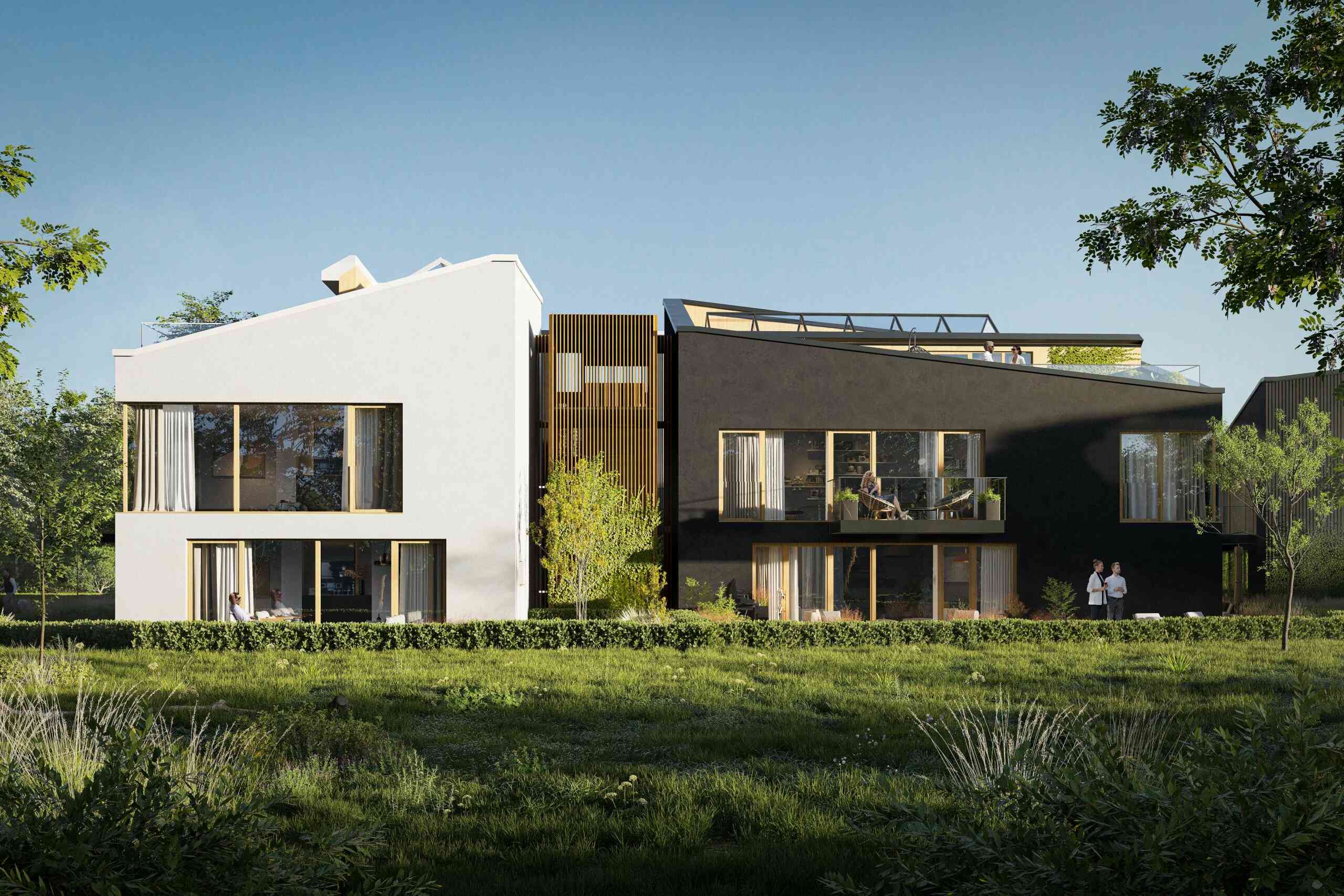Choosing an Apartment: What to Consider When Buying a New or Pre-Owned Property?
When purchasing an apartment, buyers face a crucial dilemma—should they invest in a modern, newly built property, or choose a unit from the secondary market? The differences between these two segments go beyond just technical conditions and design possibilities; they also involve legal aspects and maintenance costs. Let’s explore the most important characteristics of both markets to facilitate a decision tailored to individual needs and financial capabilities.
Main Differences Between the Primary and Secondary Markets
- The primary market offers newly constructed apartments sold directly by developers. These properties benefit from modern construction technologies, high-quality building materials, and the possibility of interior customization. Additionally, purchasing an apartment from a developer often comes with a warranty, reducing the risk of hidden defects.
- The secondary market, on the other hand, consists of pre-owned apartments that have already been occupied. These properties are ready for immediate move-in and are usually located in well-established neighborhoods with developed infrastructure, ensuring easy access to essential services and amenities. However, buying a pre-owned apartment carries the risk of hidden technical flaws, and since warranties are generally not available, repair costs fall on the new owner.
Advantages of Buying a New Apartment from a Developer
New apartments for sale provide buyers with access to the latest technological solutions, contributing to modern aesthetics and energy efficiency. The possibility of personalizing the interior allows for the creation of a space that perfectly suits individual preferences. Another advantage is the developer’s warranty, which minimizes the risk of unexpected defects. Additionally, reputable developers often incorporate advanced heating and thermal insulation systems, leading to lower maintenance costs.
Disadvantages of Buying a New Property
However, purchasing a newly built apartment also has some drawbacks. Project delays are common, potentially affecting the planned move-in date. Developers often sell units in an unfinished state, requiring buyers to invest additional funds in finishing and furnishing. Moreover, new housing developments—especially in emerging districts—may lack fully developed infrastructure, such as schools, shops, and essential services.
Benefits of Buying a Pre-Owned Apartment
The secondary market offers ready-to-move-in properties, which is a significant advantage for those who want to avoid immediate renovation expenses. Pre-owned apartments are often located in well-established neighborhoods with easy access to schools, shopping centers, medical facilities, and efficient public transportation. Another key benefit is the potential for price negotiation, allowing buyers to secure more favorable financial terms. For those eager to move in quickly, the faster purchasing process of pre-owned properties is a major advantage.
Risks Associated with Pre-Owned Apartments
Buying a property from the secondary market comes with certain risks. Hidden technical issues, such as outdated electrical and plumbing systems or poor thermal insulation, may only become apparent after purchase. Unlike new properties, there is no developer’s warranty, meaning that any necessary repairs are the buyer’s sole responsibility, which can lead to additional expenses. Additionally, older construction methods and outdated interior finishes might reduce the attractiveness of such apartments compared to new developments.
How to Make the Right Choice?
The final decision on purchasing an apartment depends on several factors. First and foremost, buyers should establish a budget that includes not only the property’s price but also potential renovation or finishing costs. Timing is another crucial aspect—are you willing to wait for a newly built apartment to be completed, or do you need a place that is available for immediate move-in?
Location is equally important, especially in large cities like Warsaw. Districts such as Wilanów offer appealing options for both new apartments from developers and pre-owned properties. It is essential to verify the credibility of the developer or seller by consulting expert opinions and market reports to ensure a secure investment.
Both the primary and secondary markets have undeniable advantages and certain limitations. Buying directly from a developer allows for customization and the benefits of modern technology but may involve delays and additional finishing costs. Meanwhile, pre-owned apartments offer immediate availability, established infrastructure, and negotiable pricing but may require costly renovations.
The choice between a new or pre-owned apartment should be based on individual priorities, financial capabilities, and the expected move-in timeline. Consulting real estate experts can help buyers select the best option that aligns with their needs, ensuring a safe and satisfying investment for years to come.




